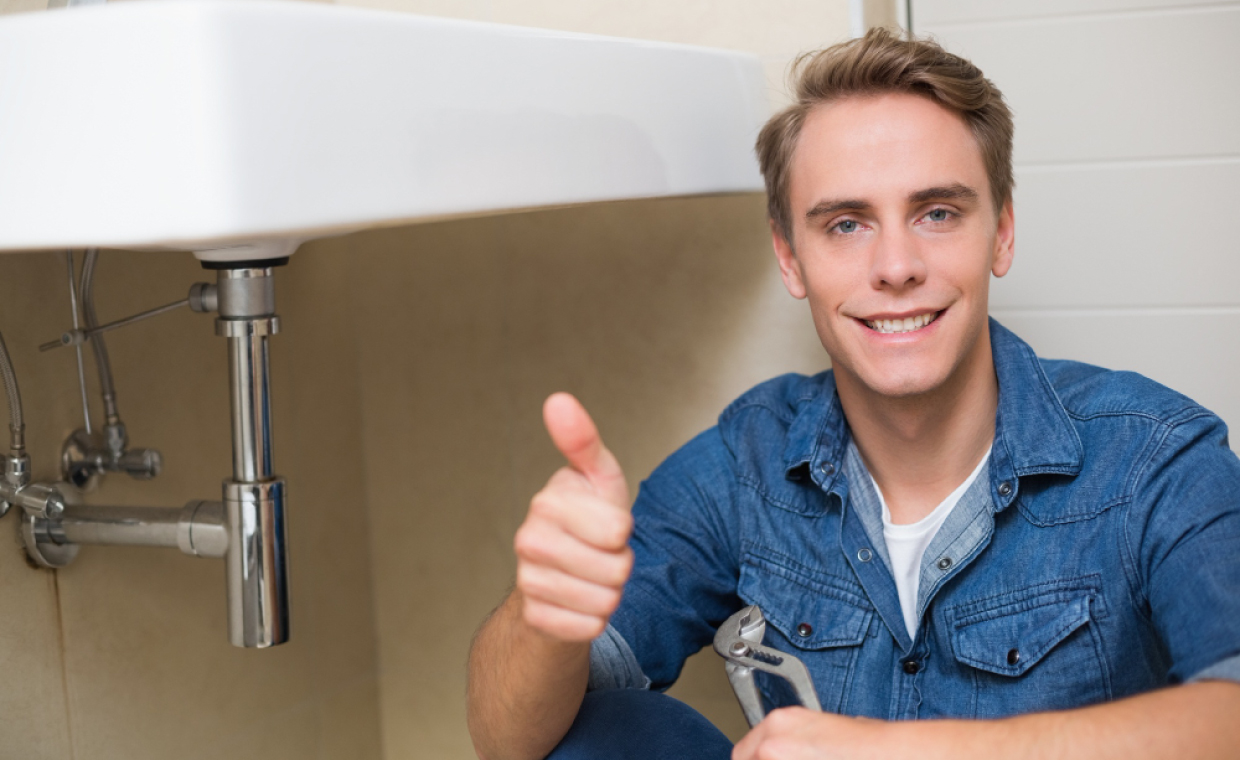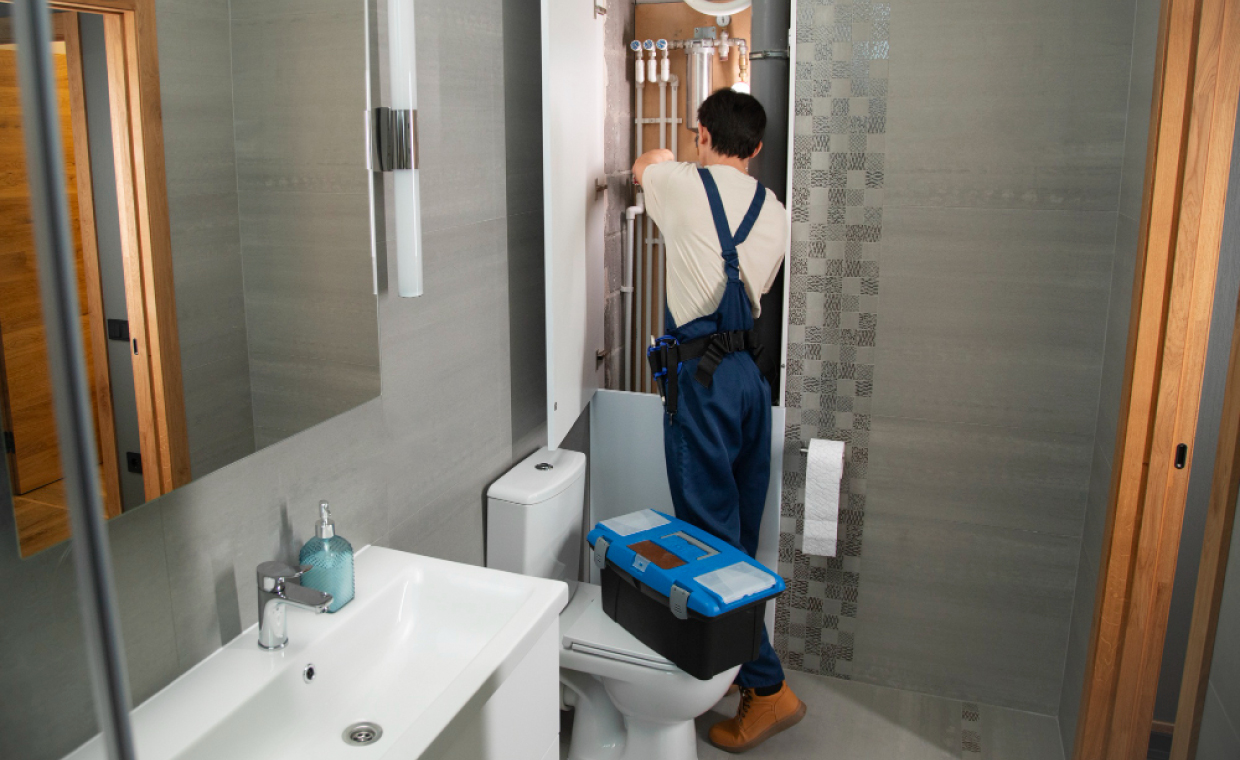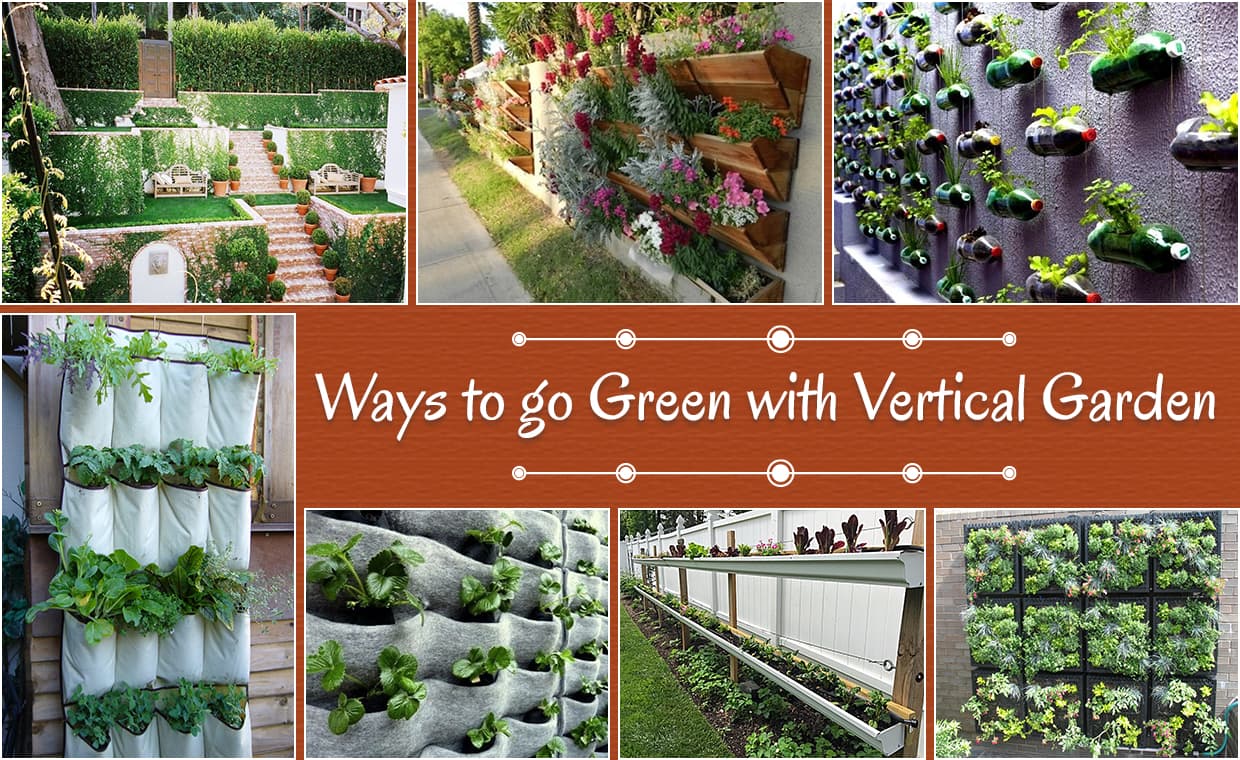
Vertical gardens are a practical and aesthetic option for gardeners who don’t have much horizontal space or want to do something different. Moreover vertical gardens present an environment-friendly opportunity to transform a mundane wall or balcony from drab to fab.
The importance of gardening is aptly encapsulated by David Hobson – “I grow plants for many reasons: to please my eye or to please my soul, to challenge the elements or to challenge my patience, for novelty or for nostalgia, but mostly for the joy in seeing them grow.”

In today’s times when landscape is being concretized and urban homes are shrinking, green spaces are fast becoming a rarity. But necessity being the mother of invention gardening buffs have come up with an innovative solution to this challenge – vertical gardens.
Gharpedia shares with you the basics of a vertical garden …
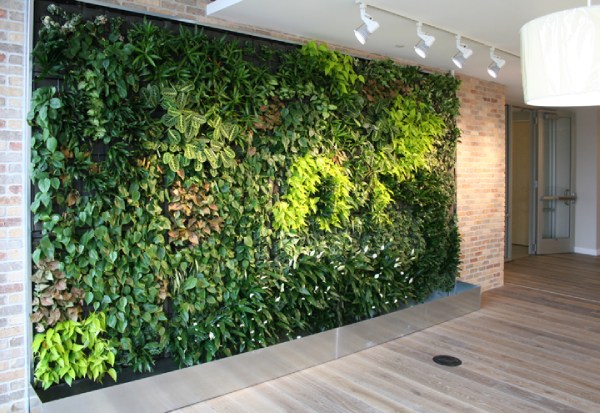
A vertical garden, as implied by its name, is a ground-breaking initiative of gardening on a vertical rather than horizontal surface. Traditionally this was implemented for climbing plants like squashes and beans, but modern vertical gardening goes a step further by providing non-climbing plants a space on the wall. From a broader perspective as mentioned by French Artist and Botanist Patrick Blanc in ‘The Guardian’ blog – “The vertical garden, acts as aphonic and thermic isolation system. It is also an air purification device.”
Pros of Vertical Gardens
Touted as being the most productive and flexible gardening system, vertical gardens have a whole lot of pluses as they:
- Occupy minimal space – your balcony wall is their only requirement!
- Are relatively effortless to maintain.
- Are easy to harvest.
- Minimize clutter.
- Create an aesthetic appeal.
- Easy processes like – fertilizing, watering, pruning and harvesting.
- Enhance air-circulation; ensure healthier plants and less pest and disease hassles; are less prone to damage from animals – by virtue of their being away from the ground.
Cons of Vertical Gardens
On the downside vertical gardens have some drawbacks too as they dry up quickly; are a bit expensive, and offer restricted growing space for the plants. Moreover there are also a few mandates for a vertical garden like:
- A surface which offers just the perfect blend of sunshine during mornings and shade during afternoons.
- A sturdy support system to handle the weight.
- A moisture-proof wall.
- Drip irrigation facility when they are built at a high altitude.
Steps for Setting up a Vertical Garden
● Selecting A Place to Host Your Vertical Garden

Well, primarily you need to identify an area where you want to set up your vertical garden above. This could be something as compact as your balcony wall or something as large as a boundary wall. The only pre-requisite here being that it should host natural light. One can also explore the alternative of a stand-alone wall that can double up as an aesthetic partition – moreover it would also offer the option of breaking the monotony of your interior décor by allowing you to change its position and also of plants.
● Material Required For a Vertical Garden
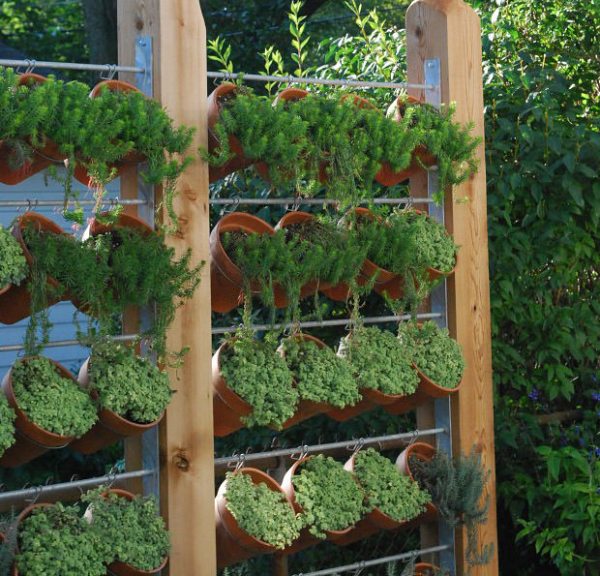
While landscape designers can definitely help guide you in this direction; fast emerging are the plethora of DIY solutions offered on the internet which provide you with the creative freedom to design your own vertical garden. You simply need to implement the principle of ‘best from waste’ here as any vertical surface or structure can be deployed like – posts, old box pallets, trellises, walls, wooden frames, bottles, old boots, plastic cans … the list is endless!
Creative Types of Vertical Gardens
Many options are available for the experimental gardener:
01. Shoe Bag Gardens
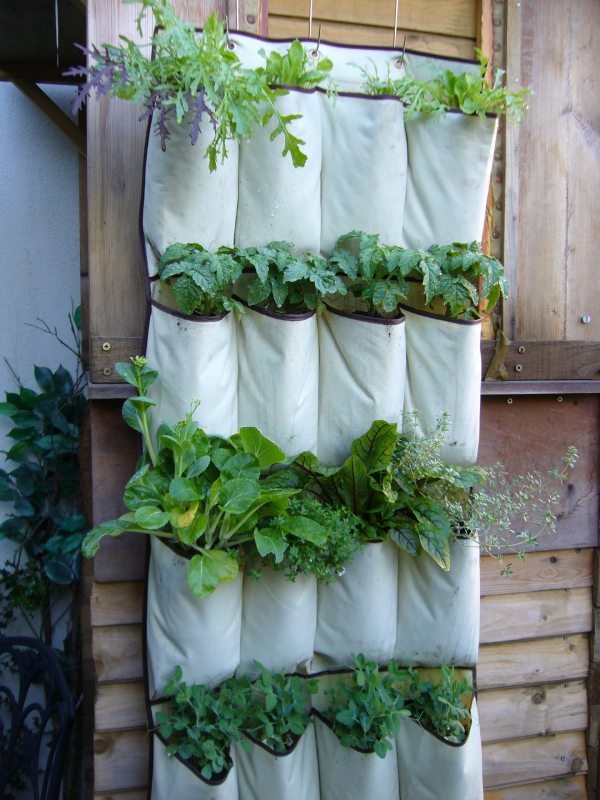
Fasten the shoe bag to a wooden frame with metal clamps; provide the canvas with some additional support to bear the weight of the potting mix, plants and water… “Voila” your spinach and fenugreek plants have a home of their own!
02. Vertical Garden Made Up of Empty Plastic Bottles

This one’s for those who believe in saving their carbon footprint! Find Post cleaning and dried used soft drink bottles, fill them with potting mix and fix them with a support on the wall. You can plant small flowering plants or edibles in them.
03. Vertical Garden Made from a Pallet

Recycled wood shipping pallets work well leaning against a wall or a fence, freestanding with support posts or hanging on a wall.
04. Pockets
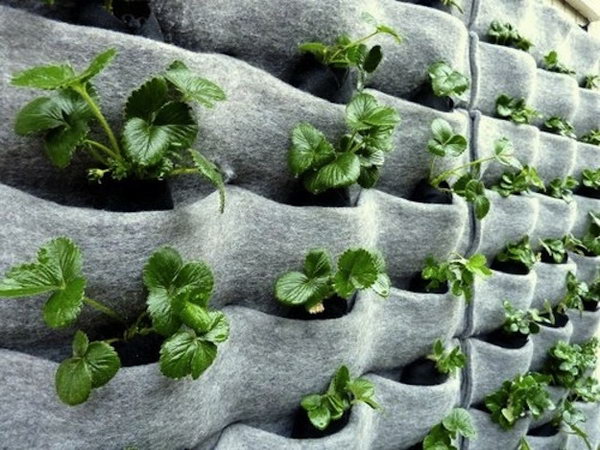
Another way to grow plants vertically is with “pockets”. The container is crafted from a breathable felt fabric so that plants grow better.
05. Tiered Garden

This is essentially several long and narrow beds arranged to resemble a staircase. Plants grow up rather than out. This may be more “diagonal gardening” than vertical, but it still makes efficient use of growing space and is a great solution for urban gardeners.
06. Gutter Gardens

These are great for plants like lettuce, coriander, spinach and other varieties of greens that require only a small space to grow in. Basically, these are planters made from a standard rain gutter and can be arranged horizontally in rows or structured diagonally in a zigzag pattern so that water drains efficiently from one row to the next.
Apart from the gardens, living walls are also being added inside the house to promote greenery. To further read about it, here you go:
What Can Be Grown In Vertical Gardens?

The sun-exposure quotient plays a critical role in deciding the kind of plants which can be grown in vertical gardens. For outdoors opt for sun-loving varieties; for indoors opt for shade-friendly plants; and for balconies select semi-shade plants. Avail useful guidance from your local nursery.
You can explore setting up an edible wall at your home which could comprise of herbs having shallow roots like coriander, amaranth, spinach et al.
Here’s sharing a list of popular shallow-rooted varieties which are hot-favorites in the vertical garden segment:
● Asparagus:

An ornamental plant which thrives on well-drained soil or in raised beds in a sunny environment.
● Begonia:
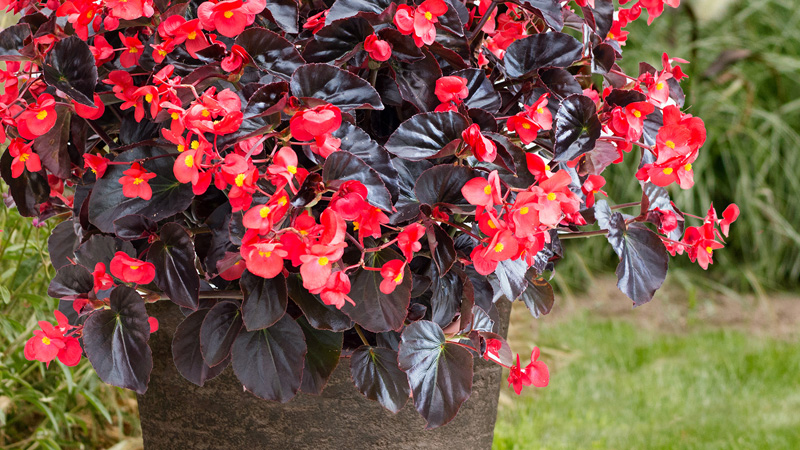
This one’s popular for its exotic-coloured flowers and fancy foliage.
● Peace Lilies:

These are relatively easy to maintain even in low light or low humidity conditions.
● Sword Fern:
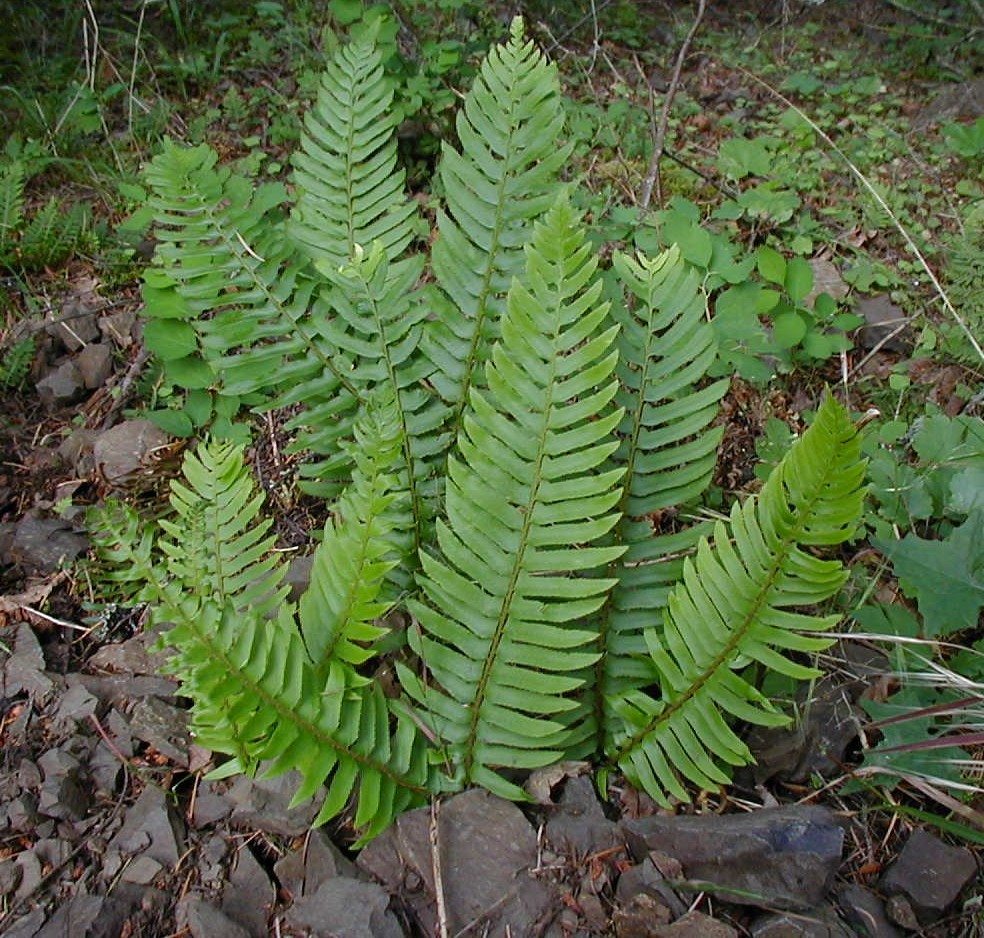
This thrives in humid conditions and is again low maintenance.
● Wedding Vine:
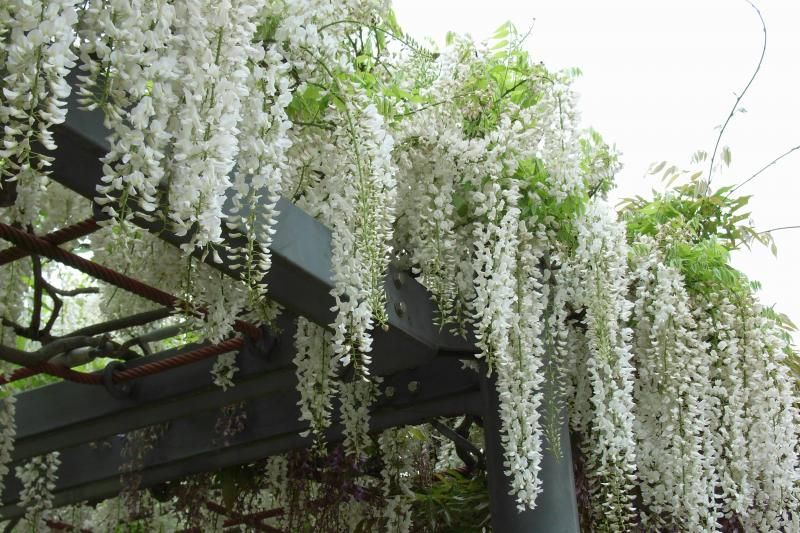
These possess large white flowers and lend a blissful fragrance to your vertical garden.
● Spider Plant:
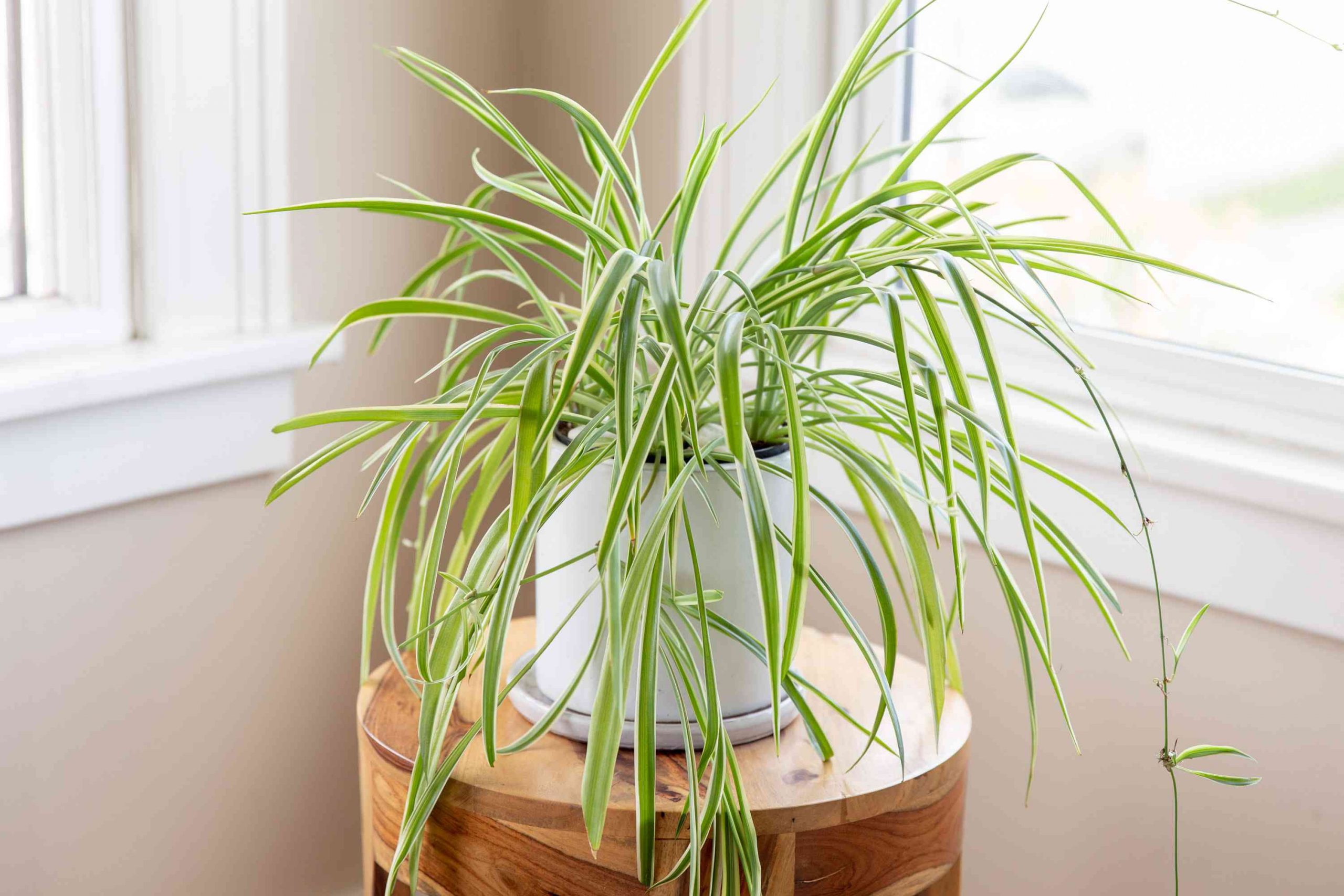
One of the extremely popular (because they purify the air) and easiest-to-grow of all trailing houseplants; these can be grown in extreme climatic conditions.
● Song of India:
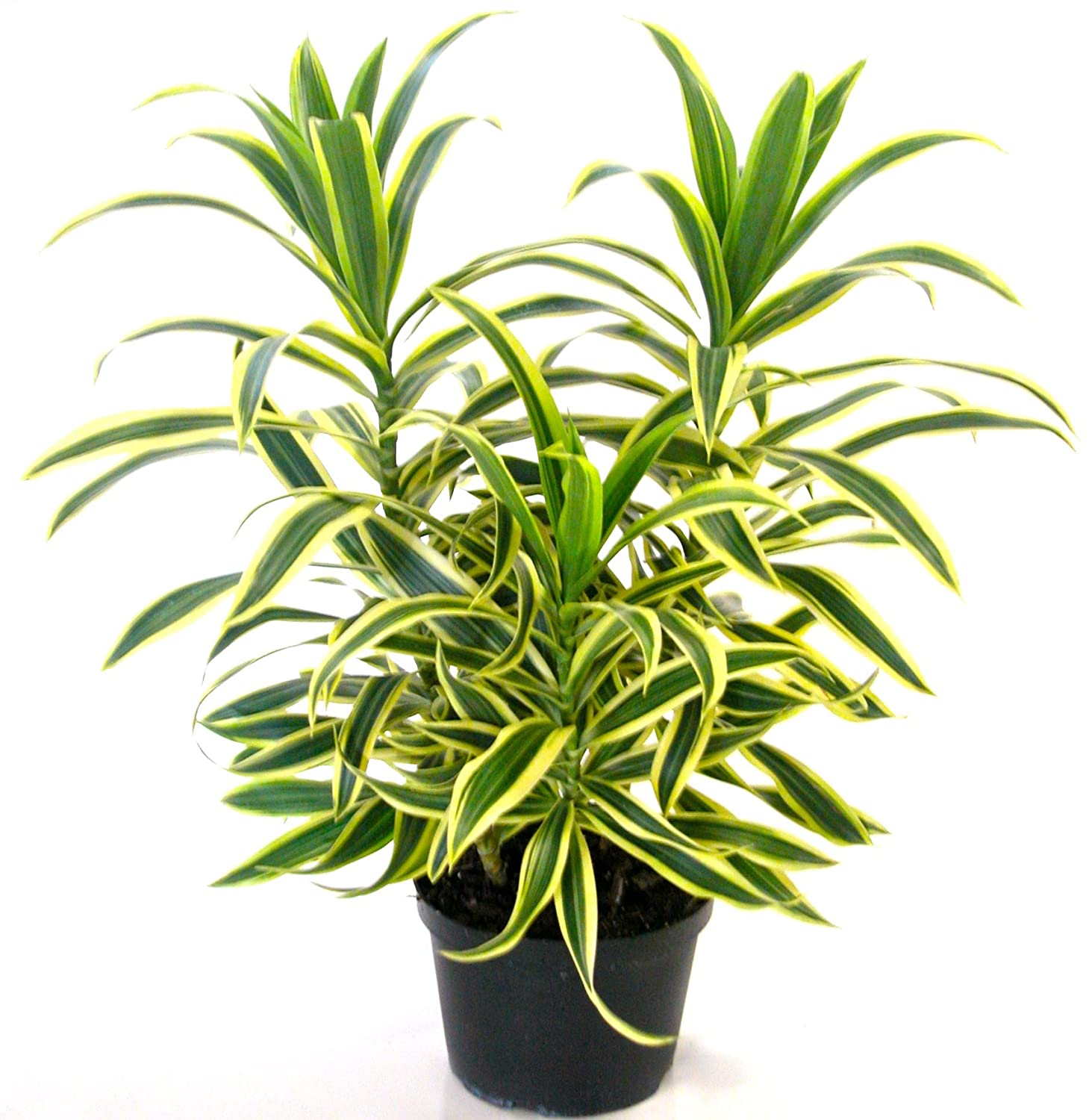
This one is widely grown as an ornamental plant or houseplant.
● Croton:
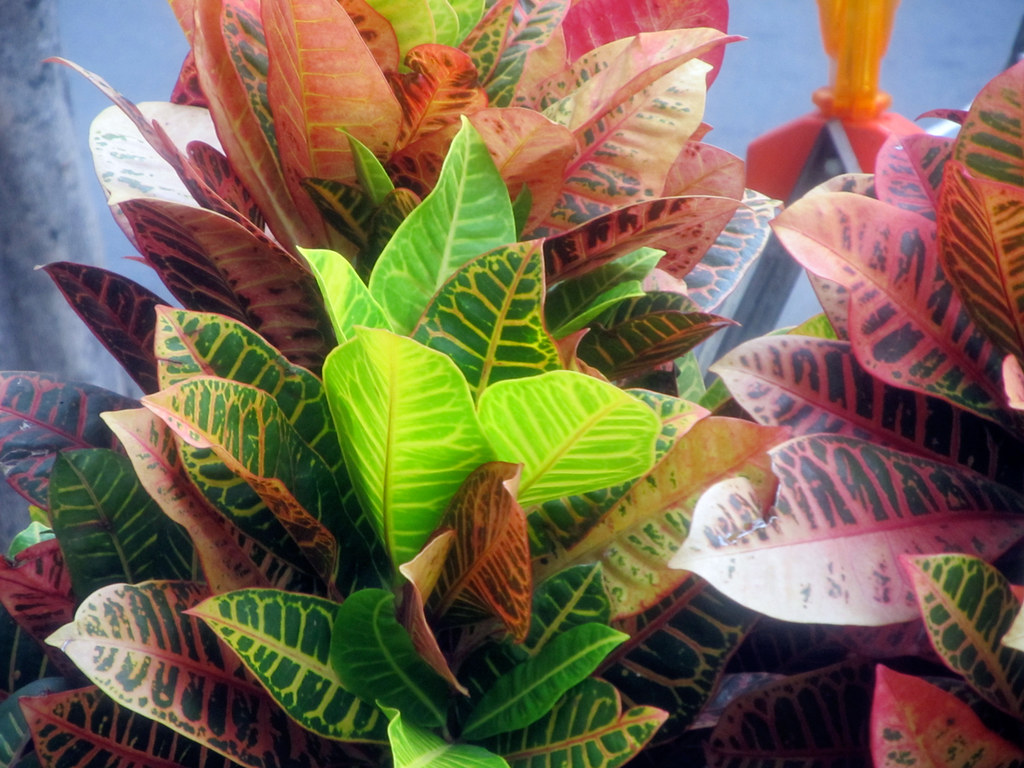
This one is greedy for bright light and can beautify your wall with a splash of colour.
● Ribbon Grass:
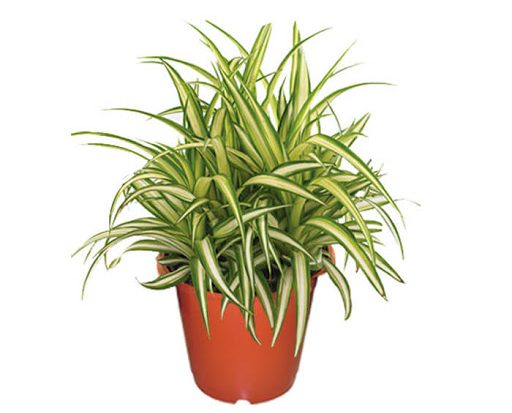
Extremely popular as it can be grown on any surface as they spread easily.
● Purple Heart:
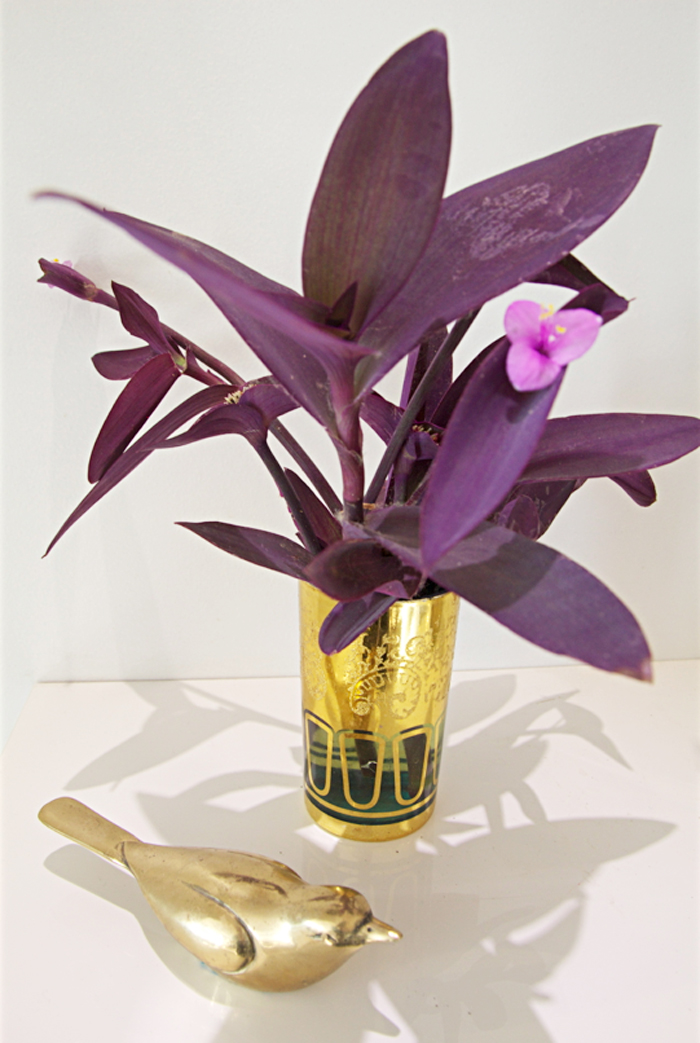
This is a durable and easily grown plant with fuzzy, purple lance-shaped leaves.
Basics – Planting and Maintenance of Vertical Gardens
You’ve selected the location, checked out the availability of material, explored the various types of vertical gardens and zeroed-in on the plant you want to grow … now comes the most critical step of actually planting the garden and maintenance of the same.
- Fill whichever container you have decided to grow your plant in with good quality organic soil and coco peat.
- Seeds can be used but a preferable alternative is planting through propagation.
- The next step is watering – in case you have a drip irrigation system in place then a simple flick of the tap will take care of irrigating your produce; else bottle sprays can be used for watering plants while a hose can be used for outdoor vertical gardens.
- Organic liquid manure can be fed-into the water you are using for spraying your plants.
You can even make compost from the organic waste at your homes coming from kitchen. To know more, read: 6 Steps to Make Compost From Your Kitchen Waste!
Vertical Garden Hacks
- Manure the plants every quarter.
- Water indoor vertical gardens in the mornings; and outdoor ones anytime.
- Ensure zilch waterlogging.
- Prune the plant regularly to ensure that it doesn’t become too hefty for the container/planter.
So hope all green-fingered readers are geared up and ready to set-up their vertical gardens…!
And thus, here is a quick brief on vertical gardens:
- Vertical gardens can be located both indoor as well as outdoors.
- Remember to wisely position your plants in the vertical garden … with plants growing upwards the chances of sunlight being blocked from reaching plants below them is quite rampant.
- The per square feet cost of vertical gardens ranges from INR 650 to INR 1600 basis factors like the – system; structure; irrigation system; location; design; plants et al.
- While making a mobile vertical garden opt for lightweight materials that can be – easily removed post job completion; or quickly repositioned to capture the sunlight.
- “Gardens per se have a lot of advantages as not only do they improve both indoor and outdoor air quality by removing harmful VOCs (Volatile Organic Compounds) and absorbing pollutants, but they also help regulate. temperature and insulate a building from heat, air or noise pollution” – Preeti Bhatt, Homemaker – Ahmedabad (Gujarat-India).
Hopefully, you might have liked the concept of vertical gardens in the article. Likewise, we have other interesting articles for you to read. Take a glimpse on them too…and a have a wonderful time implementing it in your homes…
Image Courtesy: Image 6, Image 7, Image 9, Image 10, Image 11, Image 13, Image 14, Image 15, Image 16, Image 17, Image 18, Image 19, Image 21, Image 22
Author Bio
Huta Raval – An English Literature and Journalism Topper, Huta Raval has graduated from the L D Arts College, Ahmedabad. Post serving for 23 years in the NBFC and Public Library Sectors her desire for ‘writing the unwritten’ brought her to the creative field of content writing. Her clientele comprises of NGOs, Blogging Platforms, Newspapers, Academic Institutions, et al.





























